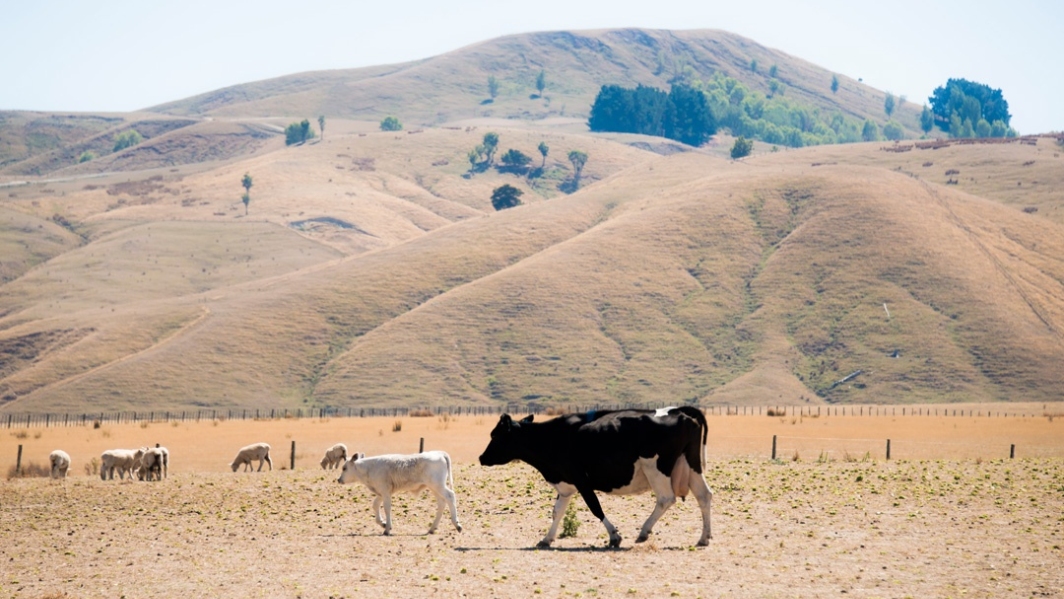-

Introduction - Township Flood Challenge Game
Education ResourceWelcome to the NIWA Township Flood Challenge game. -
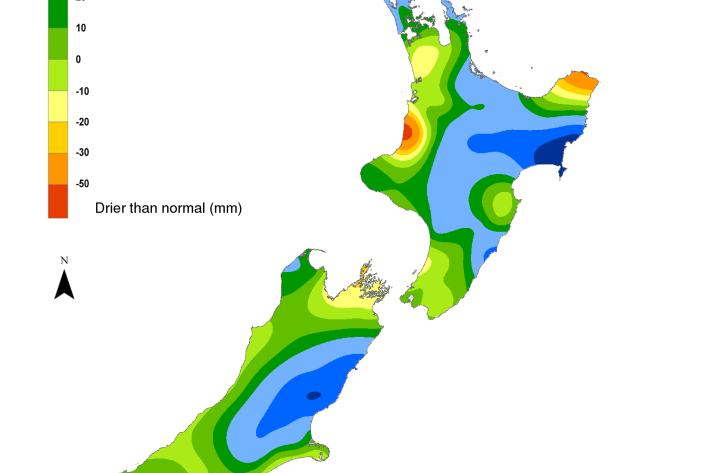
Hotspot Watch 10 November 2023
Hotspot10 November 2023A weekly update describing soil moisture patterns across the country to show where dry to extremely dry conditions are occurring or imminent. -

NatHERS climate files 2012 - data request
NatHERS climate files 2012 - data request webform -
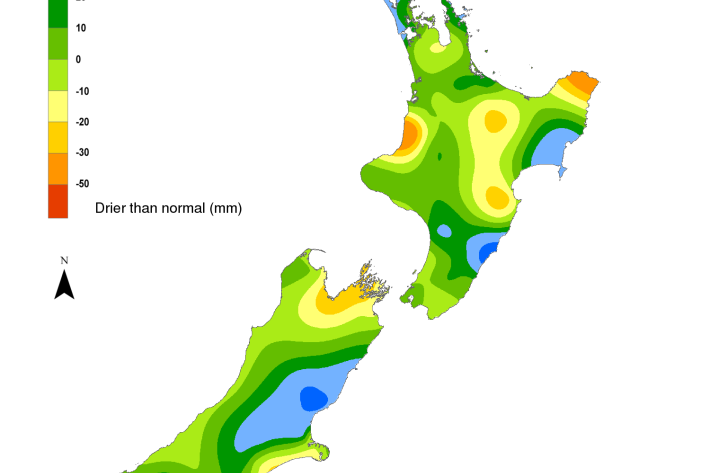
Hotspot Watch 1 November 2023
Hotspot01 November 2023A weekly update describing soil moisture patterns across the country to show where dry to extremely dry conditions are occurring or imminent. -
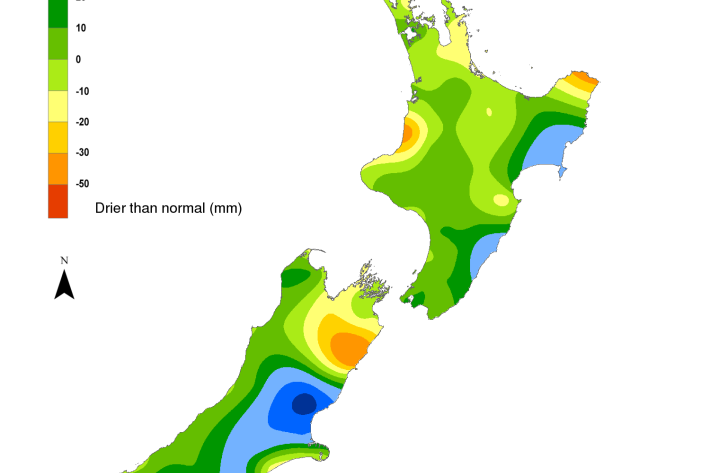
Hotspot Watch 26 October 2023
Hotspot26 October 2023A weekly update describing soil moisture patterns across the country to show where dry to extremely dry conditions are occurring or imminent. -
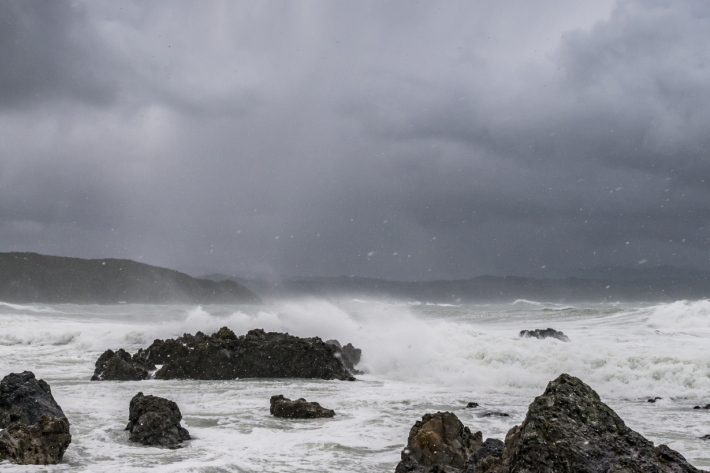
Weather and climate forecasting services
Whether you need weather or climate information six hours, days or months out, our accurate forecasts can help you with operational requirements and decision making. -
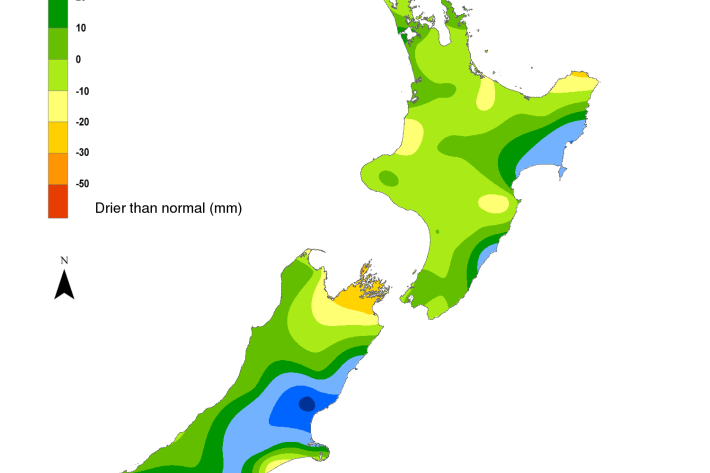
Hotspot Watch 18 October 2023
Hotspot18 October 2023As of 15 October, the New Zealand Drought Index (NZDI) map below shows that no unusually dry conditions are currently found across the country. -
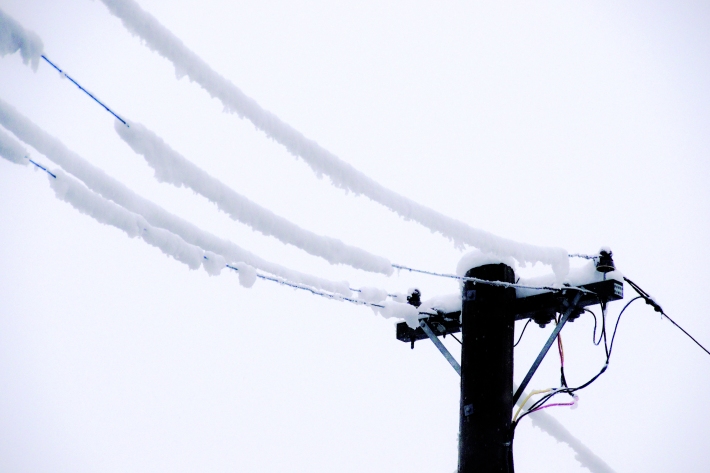
Send us your snow observations
Measurements of snowfall at low elevations around New Zealand are few and far between, and yet the data would be really helpful in understanding how snowfall occurs and quantifying snow-related risks. -

UV and Ozone
ServiceThis is the home for NIWA's UV and ozone research, including maps and graphs showing daily predictions and measurements for UV levels across New Zealand. -
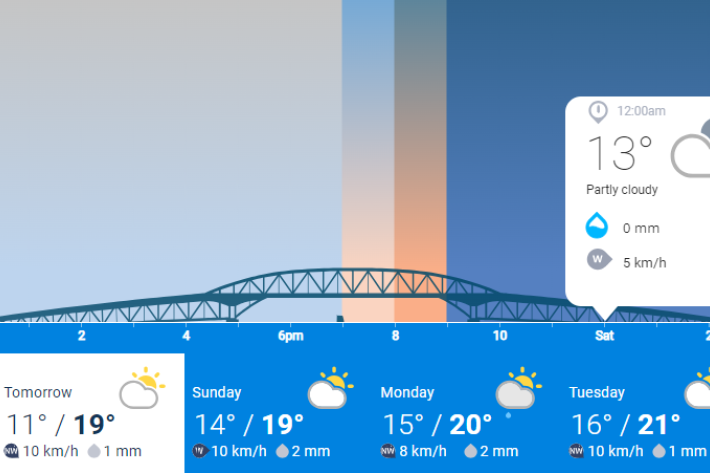
NIWA Weather
ServiceNIWA Weather is NIWA's public facing weather forecasting website. You'll find 2-day, hour-by-hour forecasts for locations across Aotearoa New Zealand, as well as forecast videos by our in-house meteorologists, animations showing rain forecasts, tide forecasts and NIWA's daily UV index. -

SolarView
This calculator estimates the solar energy that can be collected by a solar capture device (solar panel) at a given address, panel direction and roof slope. -
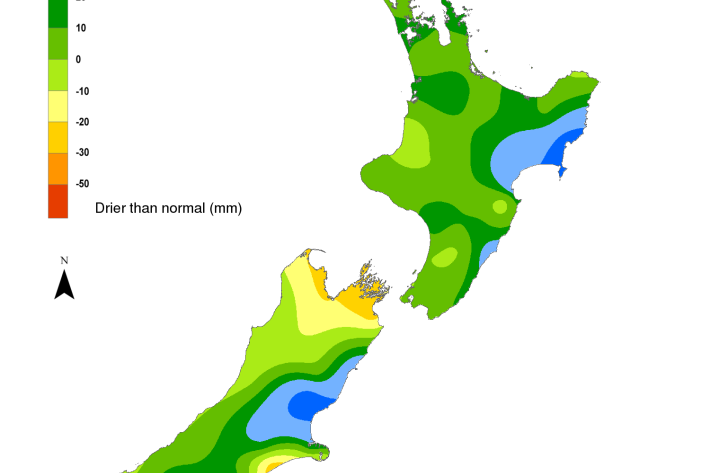
Hotspot Watch 13 October 2023
Hotspot12 October 2023A weekly update describing soil moisture patterns across the country to show where dry to extremely dry conditions are occurring or imminent.

